Recent Tax Code Changes Related to Research Expenditures, Including Software Development
June 27, 2023
Current Issues with Research Activities
- The Tax Cuts and Jobs Act (TCJA) that was passed at the end of 2017 included a provision to raise revenue to help offset tax cuts by requiring all business entities with research activities, as defined in Code Section 174, to capitalize those expenses and amortize them over 5 years (15 years if paid to foreign service providers).
- This provision was set to take effect on January 1, 2022.
- For many years, it has been assumed that congress would act to either further delay or permanently eliminate this provision, but it hasn’t happened, yet.
- There is still a belief that congress will fix it, but we don’t know when that will happen or even if it will happen for sure
- For this reason, many businesses filed extensions hoping there would be some change to the law before the extension deadline arrives.
- Code Section 174 is much broader than Code Section 41, which is what governs the R&D Credit. All Section 41 QREs (Qualified Research Expenditures) fall under Section 174
- This means, under the current rules, you will need to capitalize all your research expenditures, regardless of whether or not you take advantage of the R&D credit.
- Claiming the R&D Credit has always been a great tax saving tool but, under the current law, it’s even more beneficial than ever.
- Companies that develop software, whether for internal or external use, need to be aware of these changes and make a determination on what related expenditures should be capitalized under this tax code change.
Potential Max R&D Credit
- Depending on the situation, the potential max R&D credit is 20% of QREs if the regular method is used or 14% of QREs if the Alternative Simplified (ASC) method is used.
- Those amounts represent the maximum amount. There are a lot of variables that determine whether or not you’ll qualify for the max. The actual credit percentage will likely be something less than the percentages shown above.
- The purchase of Depreciable assets are generally not considered QREs so they are not to be included in the credit calculation
- Regular Credit
- This would require a calculation using the company’s total gross receipts and QREs for each tax year since the company was formed
- Alternative Simplified Credit (ASC)
- This would require a calculation using the company’s total QREs for the prior 3 tax years or from when the company was formed if it’s been in existence for less than 3 years.
Required Documentation
- If the IRS were to audit a tax return and challenge this credit, which has come under increased scrutiny, the following five items of information would be required:
- Identify all the business components to which the Section 41 research credit claim relates for that year.
- For each business component, identify all research activities performed and
- name the individuals who performed each research activity,
- as well as the information each individual sought to discover.
- Provide the total qualified employee wage expenses, total qualified supply expenses, and total qualified contract research expenses for the claim year. This may be done using Form 6765, Credit for Increasing Research Activities.
- The IRS recently announced that all claims for refund of an R&D credit on an amended return are required to provide this information with the filing of the amended return.
- If the current year is the first time claiming the credit, assuming there were QREs in prior years, it may be beneficial to file amended returns for those years that are still open: currently 2019, 2020, and 2021.
- We recommend following the documentation requirements for each of those years, including the current 2022 tax year.
Employee Retention Credit (ERC) and/or other payroll related tax credits
- If the wages, in whole or in part, were wages that were also used in calculating the ERC or any other tax credit related to payroll, they would not be QREs for purposes of calculating the R&D credit
Payroll Tax Credit Election for Qualified Small Business
- If gross receipts for 2022 and any of the preceding 5 tax years was less than $5 million and you qualify for an R&D credit, you may be able to use the credit to offset payroll taxes
- This is useful if you’re operating at a loss, since no R&D credit would be allowed in a year in which the business entity that produces the credit has a net loss, although the credits may carry forward for up to 20 years.
For more information about this topic, please call your tax advisor at Larson & Company.

Posted by
Rick Van Valkenburgh, CPA
Rick is a Tax Partner at Larson & Company. He specializes in tax planning and preparation for small businesses and fast-growing companies and is a life insurance tax specialist.
LinkedIn

.png)



